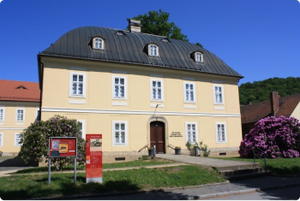
Waenting: A History Filled with Tradition & Nobility
Deeply rooted in European heritage, the Waentig family’s illustrious lineage traces back to generations of German textile merchants renowned for their mastery in crafting exquisite damask. Witness the timeless artistry and unwavering commitment to quality that define the legacy of the Waentig family, where every thread weaves a tale of sophistication and excellence.
1776
THE Book of Christian D. Waentig
Hardcover book, with leather spine, Herrnhuter paper in the cover, contains numerous graphite and pen drawings and polychrome and monochrome Camaieu paintings. This sketchbook belonged to the young Christian David Waentig, who later built the copper house in which the German Damask and Terry Museum is now located. He was probably inspired by his father Gottlob Waentig, a famous pattern designer, for his artistic experiments.
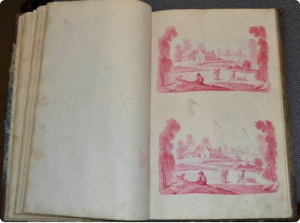
1786
THE FAMILY CREST
The letters C.W. stand for Christian Waentig who was a linen merchant. Inscription: (in center) C.W./1787: (at each corner) Asia, Europa, Africa, America. Our logo is ad adaptation of this original family crest.
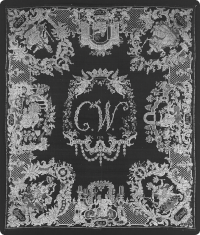
1807
The copper house
The damask manufacturer and dealer Christian David Waentig had it built between 1807 and 1809 as a residential and commercial building. The pattern designer works on the ground floor. The most valuable capital is hidden behind a well-secured door: the fine threads and damasks. The family lived and represented on the upper floor. The weaving mill is next door. Today the German Damask and Terry Museum is located in this house.
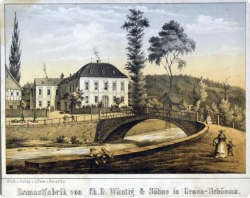
1830
Portrait of Christian D. Waentig
The portrait shows the damask manufacturer and ancestor of the copper house line as a man of advanced age. The typical everyday clothing of the middle-class gentleman at that time included a high neck tie and a black skirt.
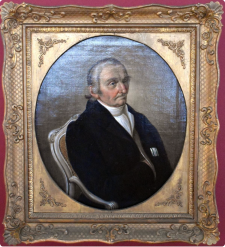
1835-1851
Damask Fabrics
The advertising cloth shows the medals with which the “Damask Fabricates” of the Großschönau company Christian David Waentig & Söhne were awarded between 1835 and 1851. But the finely crafted damask itself is also advertising in its own right.

1947
The Copper House Museum
The copper house once built by Christian D. Waentig was turned into a museum forever immortalizing the Waentig place in the history of American fine textile manufacturing.
